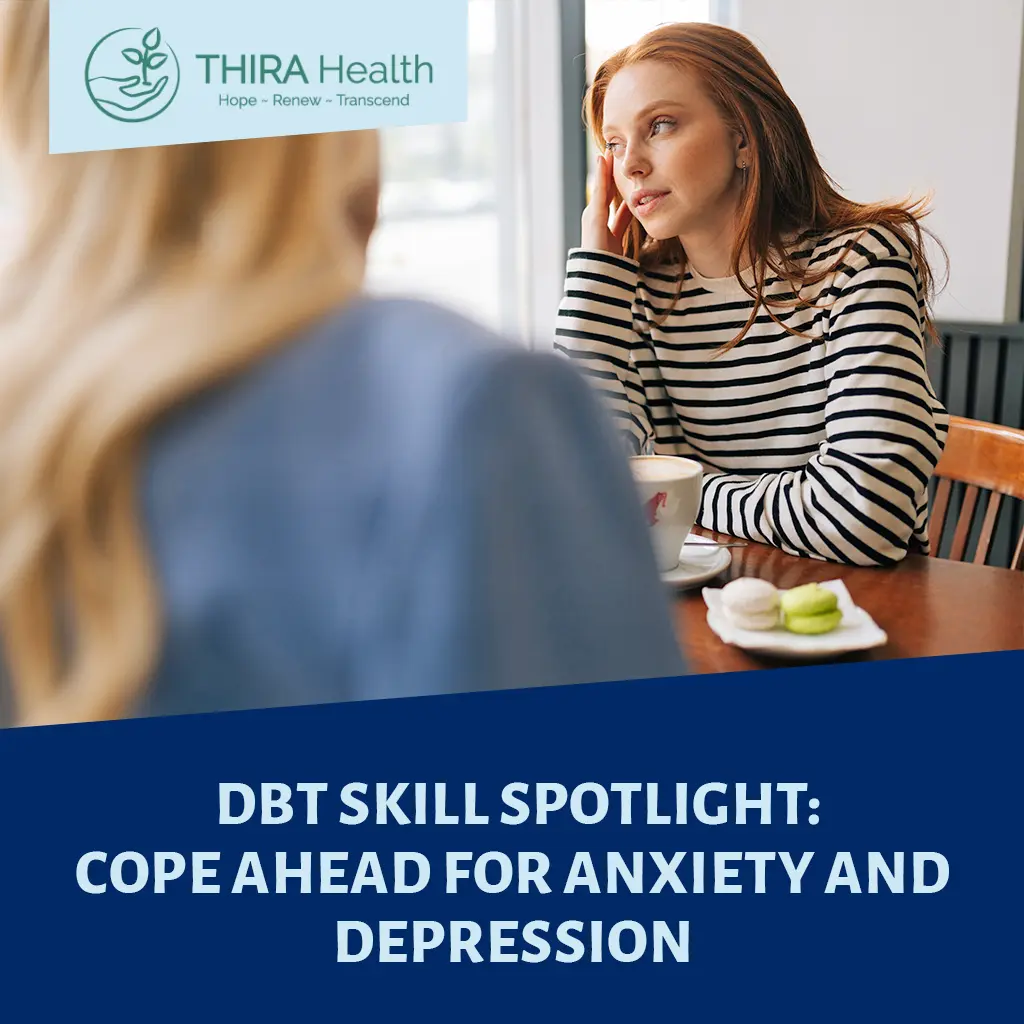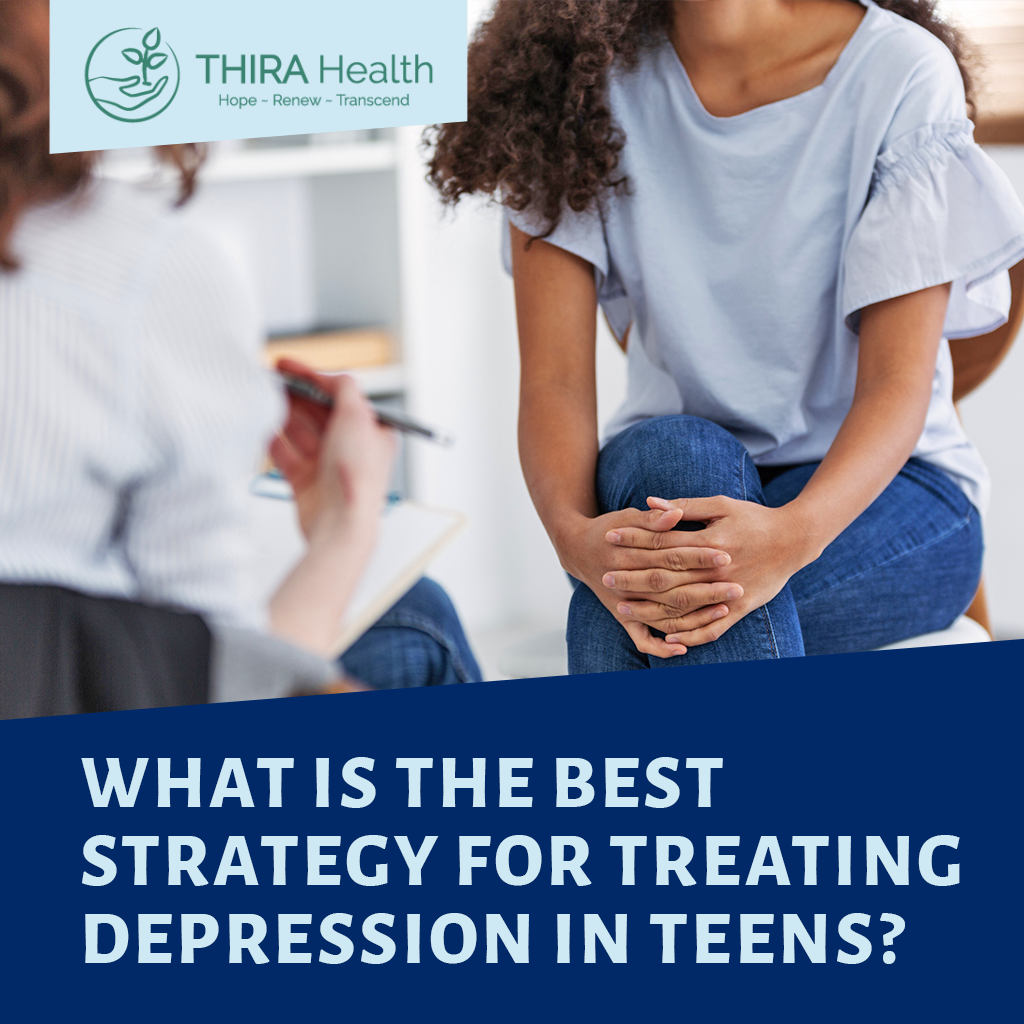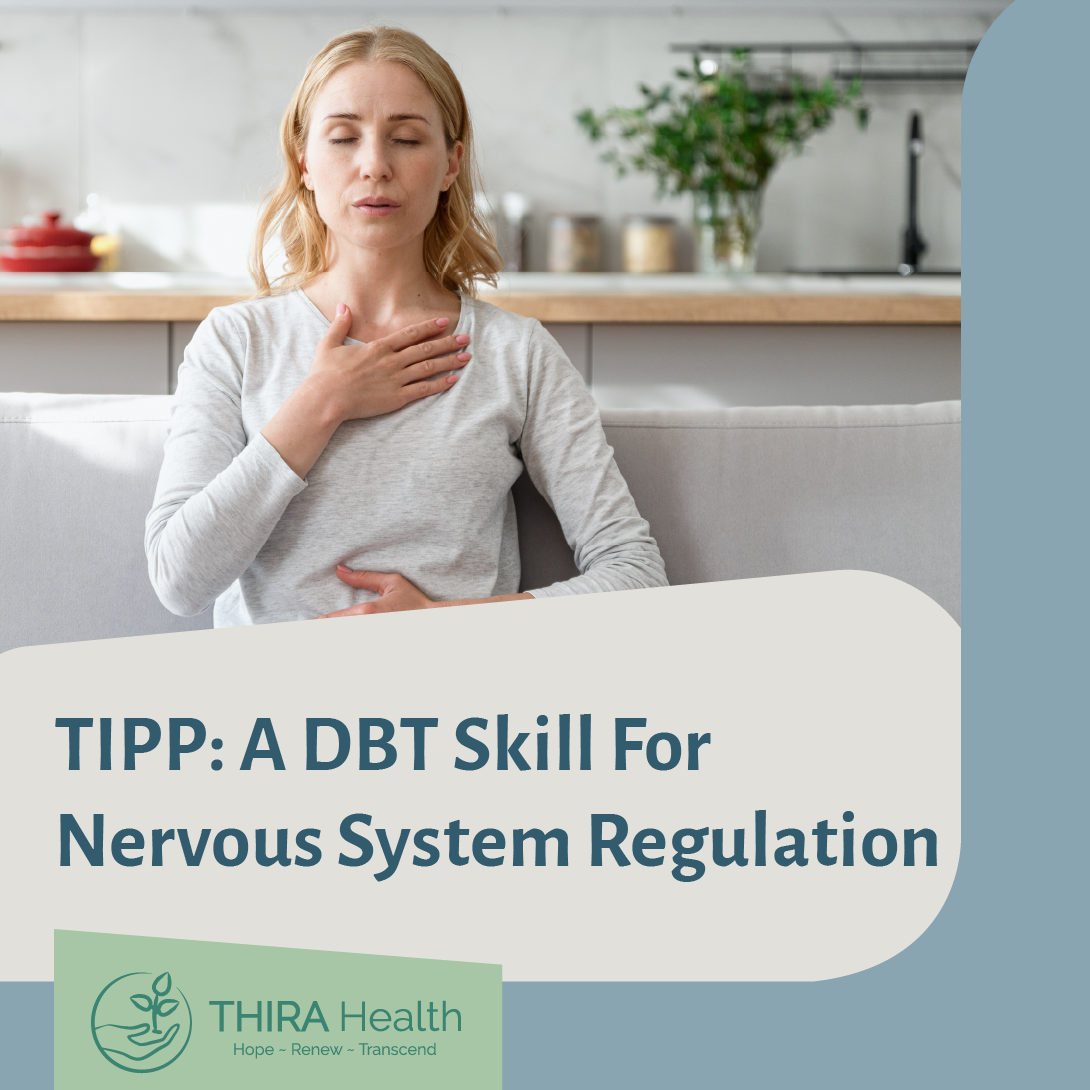Movies, TV shows, and even the history of inpatient treatment have set us all up to believe stigmatizing myths about mental health care. Thankfully, there have been considerable strides in improving inpatient care settings. Patients’ rights have been defined, newer and better treatment options have developed over the last 40 years, and an overall complete change in how we approach mental illness has taken place, so mental health treatment facilities are more likely to be places where patients feel seen, heard, and helped.
THIRA Health’s Bellevue mental health clinic offers a variety of inpatient treatment programs for adolescents and adults. We would like to set the record straight on several myths, demystify inpatient mental healthcare, and help readers see how things really work.
Myth #1: Visitors are not allowed
There is a persistent myth that people who seek inpatient depression treatment are kept away from their loved ones. Isolation is not typically helpful for healing, and can even make depression symptoms worse, so keeping in contact with friends and family while spending time in a mental health treatment facility is often encouraged. Family participation in therapy sessions can also be crucial to ensure you have ongoing support when you leave inpatient treatment.
Most mental health treatment facilities have robust visitor policies, encouraging visits from loved ones so you can stay connected to daily life, while also benefiting from time to focus solely on your mental wellbeing. Contact via phone, e-mail, or written letters, and care packages are also often available, so even if a loved one can’t visit, you’ll still be able to hear from them.
Myth #2: Patients are overmedicated or sedated to keep them calm
You will not spend your time in inpatient depression treatment feeling like a zombie because you have been sedated. There are specific rules in mental health care facilities to dictate when, how, and how much medication can be used for individual patients. This includes sedating medications. Thankfully, we live in a time where we embrace patients expressing emotion, and are trained in many de-escalation techniques.
When it comes to medication as part of your ongoing treatment, your providers know it’s crucial to make sure any medication offered will be in the best interests of the safety and health of the patient. You have rights when it comes to declining treatment options, including medications, and you are also free to ask questions to better understand what specific medications will do for you.
Myth #3: Other patients at mental health facilities are dangerous
When you enter inpatient mental health treatment, you’re joining a group of people who are there for the same reason you are: to focus on healing. These people may come from all walks of life, and they may be struggling with mental health, but they are all looking for help, just like you are.
The staff at inpatient depression treatment programs, especially ones that use dialectical behavior therapy (DBT), work hard to create a welcoming and harmonious group dynamic. Living and healing with a cohort of others can help you improve how you relate interpersonally and provide an understanding and empathetic group of people to practice your newly acquired DBT skills with.
That said, there are inpatient depression treatment programs, like the ones at THIRA Health, that offer support to specific groups, like only adolescents, only adults, or only women and gender nonconforming people, and a program like that may support you to feel safer while seeking inpatient care.
Myth #4: You’re trapped in an inpatient depression treatment setting, and you will not be allowed to leave
Mental health conditions like depression have symptoms (like negative self-beliefs, hopelessness, and irritability/impatience) that can make you less inclined to stay for the full length of an intensive depression treatment program, so persevering even when your symptoms get in the way can be worthwhile. As your symptoms start to lift, you will likely find that you’re more able to participate and ultimately find that your time at the inpatient facility was well spent.
That said, if you enter the mental health treatment facility voluntarily, you are not trapped or under arrest. If you are over the age of 18, you can leave treatment whenever you like. If you are under 18, you will need your parent or guardian’s permission, but if they provide it, you’re also welcome to leave.
Mental health treatment works best when you’re ready and able to participate fully, so while we encourage patients to try to stick to the treatment program, we understand that life considerations, finances, and your personality and needs all play a part in your ability to continue. Patients who need to leave are absolutely allowed to do so, and will not be restrained, harmed, punished, or trapped during treatment.
What about involuntary commitment?
The Involuntary Treatment Act, where someone is required to enter inpatient mental health treatment even if they do not want to, does happen, specifically when a person is a danger to themselves or others, or they are entirely debilitated by mental health symptoms and need immediate help.
The involuntary treatment process involves the discretion and decision-making of mental healthcare professionals and your local county probate court. While you have specific patient rights and can participate in the legal process, you must follow the court’s and your providers’ guidance and decisions. This can be a distressing experience, but the care you receive is solely meant to help you stay safe.
Myth #5: Mental health treatment facilities are uncomfortable and ugly
We’ve all seen TV shows or movies that portray inpatient depression treatment centers as fluorescently-lit, sterile, metallic, ugly, uncomfortable, colorless, isolating, loud, full of restraints, and creepy. While that makes for a good plot point, it does not reflect current standards.
Comfortable furnishings, attractive views, access to natural areas, nutritious and tasty food, communal meals, movie nights, games, excursions to do things like volunteer, enjoy equine therapy, or have fun with your treatment cohort, are all considered not only nice for patients to have, but integral to holistic healing. Being comfortable enough to relax and feel safe is important to ensure patients can fully open up and work through the difficult symptoms of depression, so inpatient clinics have to offer a setting that looks, and so feels, good for patients.
Myth #6: Inpatient depression treatment is only for people experiencing a mental health emergency
While inpatient depression treatment is the best option for those experiencing a mental health emergency, it’s not only for emergency purposes. Inpatient depression treatment is the best choice for people who want to set aside time to focus solely on their mental health. It’s useful for people for whom outpatient treatment hasn’t offered enough support, and it’s helpful for people whose surroundings at home are making it harder for them to focus on their mental wellbeing.
Anyone who feels they’d benefit from concentrated time with providers and fellow patients working on individual and group therapy, 24/7 support, nutritional and medical care that considers your individual needs and preferences, and enjoys holistic healing practices like mindful movement and art therapy, should consider inpatient depression treatment. You’ll find many fellow patients who are not dealing with a mental health emergency, but are making great strides in healing because of the extra support that inpatient depression treatment offers.
Myth #7: All inpatient depression treatment programs are the same
Inpatient depression treatment programs offer a variety of treatment approaches and options. Today, it’s better understood that mental healthcare is not one-size-fits-all and that different people will thrive better with different approaches. Programs usually have an individual therapy component, a group therapy component, and activities to help patients express and enjoy themselves, as well as the use of different therapy modalities to suit their patient populations.
THIRA Health’s Bellevue mental health clinic offers inpatient depression treatment in a comforting setting, using holistic treatment approaches that include evidence-based DBT with individual and group therapy, mindfulness practices like yoga and qi gong, therapies using creative expression, access to nature, and more. Here, you’ll be welcomed, and will work with providers who entered this field to help people just like you. If you’re ready to get started, connect with us today to see how inpatient depression treatment can help you find a life worth living.






